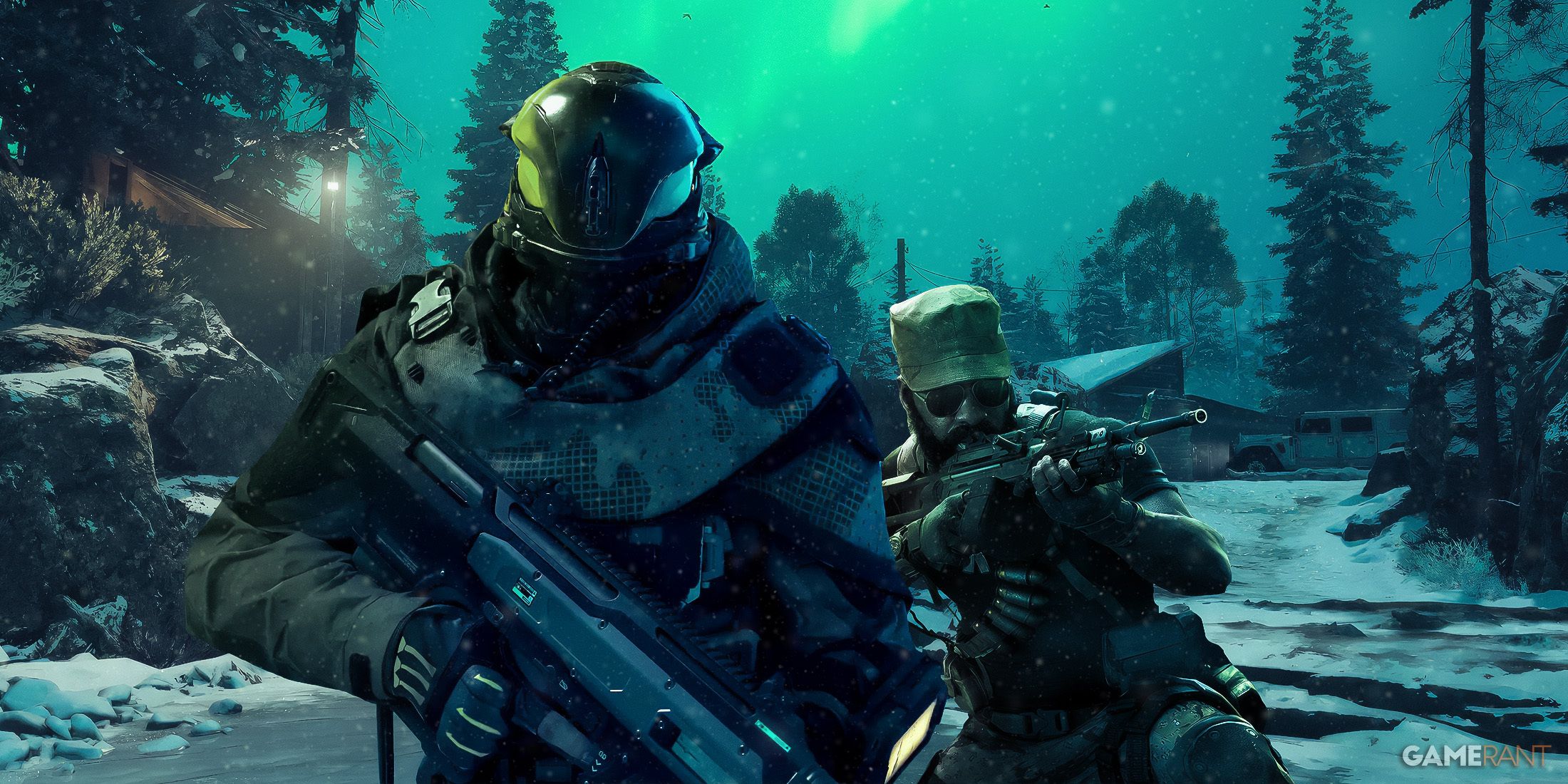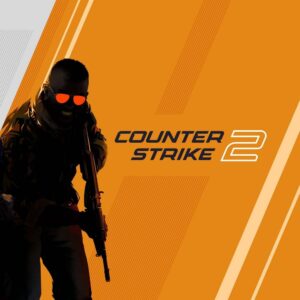On Thin Ice: Why Call of Duty’s ‘Too Big to Fail’ Status is Under Threat
Popular Now
 Grand Theft Auto V
Grand Theft Auto V
 BeamNG.drive
BeamNG.drive
 Among Us
Among Us
 Fall Guys
Fall Guys
 Warframe
Warframe
 CarX Street
CarX Street
 Call of Duty
Call of Duty
 Candy Crush Saga
Candy Crush Saga
 EA SPORT FC 25
EA SPORT FC 25
 Black Myth: Wukong
Black Myth: Wukong

For two decades, the Call of Duty franchise has been a behemoth in the gaming industry, a perennial best-seller that seemed to defy the rules of market volatility. The conventional wisdom has long been that the series is “too big to fail,” with its annual release cycle and massive player base ensuring consistent, astronomical profits. However, in 2025, that narrative is being put to the ultimate test. While the franchise still commands immense revenue and player numbers, a series of compounding issues—from brand fatigue and a skeptical fanbase to a resurgent rival and a problematic business model—suggest that the long-frozen hell of a “failed” Call of Duty game may be on the verge of thawing.
The latest installment, Call of Duty: Black Ops 7, is the focal point of this tension. Despite a major reveal at Gamescom 2025 that promised a return to the series’ roots, the initial reception has been mixed at best. The gameplay reveal trailer was met with a surprising number of dislikes on social media, with a significant portion of the community expressing frustration with what they perceive as a lack of innovation and a repetition of the same formula. This is not a new problem for the franchise, but the level of public dissent seems to be at a boiling point, signaling a fundamental shift in player sentiment.
The Cracks in the Ice: A Jaded Fanbase and a Resurgent Rival
The “too big to fail” theory has always rested on the assumption that gamers would continue to buy the latest Call of Duty game out of habit. That habit, however, is being challenged. The disastrous launch of Battlefield 2042, its main rival’s previous title, made the landscape for Call of Duty: Black Ops 6 a lot easier. However, the opposite is now happening. The open beta for Battlefield 6, which launched earlier this month, has been an overwhelming success, shattering concurrent player count records on Steam and generating a level of excitement that has not been seen for the franchise in years. The consensus from players and critics alike is that Battlefield 6 feels like a true return to form—a grounded, large-scale military shooter with a focus on immersive gameplay and a commitment to “no goofy skins.”
 This success puts immense pressure on Black Ops 7. For the first time in a long time, Call of Duty is not just competing against itself; it’s competing against a rival that has captured the attention of a frustrated and disenfranchised audience. The success of Battlefield 6’s beta is a clear warning sign that a significant portion of the player base is willing to look elsewhere if the core experience doesn’t meet their expectations. Furthermore, the annual release cycle, once a source of strength, is now being seen as a major weakness, with many players and critics arguing that it leads to rushed development, a lack of polish, and a failure to address long-standing community concerns. This sentiment is widespread, and it’s something the franchise has not had to contend with on such a scale before.
This success puts immense pressure on Black Ops 7. For the first time in a long time, Call of Duty is not just competing against itself; it’s competing against a rival that has captured the attention of a frustrated and disenfranchised audience. The success of Battlefield 6’s beta is a clear warning sign that a significant portion of the player base is willing to look elsewhere if the core experience doesn’t meet their expectations. Furthermore, the annual release cycle, once a source of strength, is now being seen as a major weakness, with many players and critics arguing that it leads to rushed development, a lack of polish, and a failure to address long-standing community concerns. This sentiment is widespread, and it’s something the franchise has not had to contend with on such a scale before.
The Business Model: A Double-Edged Sword
The shift to a “game-as-a-service” model has been a financial boon for the franchise, but it has also created a new set of problems. While microtransactions and Battle Passes generate billions of dollars in revenue, they have also led to a perception that the games are incomplete at launch and that the developers are focused more on monetization than on player satisfaction. The constant stream of new cosmetic bundles and an emphasis on “cross-game” content has led to a feeling of content bloat and a lack of a cohesive, grounded aesthetic. This has been a major point of contention for many players who feel that the franchise has lost its way in the pursuit of profit.
 The decision to continue the annual release cycle, a business strategy that has been widely criticized by both players and industry insiders, is a clear sign that Activision is prioritizing short-term gains over long-term player retention. While each new Call of Duty still sells tens of millions of copies, the data shows that player engagement and interest can wane quickly after the initial launch. This is a dangerous trend, and it suggests that even a “successful” launch might not be enough to sustain the franchise in the long run if it continues to alienate its most dedicated fans. Hell may not be freezing over just yet, but the frost is starting to form. For a franchise that has so long been at the top, a cold winter may be just around the corner.
The decision to continue the annual release cycle, a business strategy that has been widely criticized by both players and industry insiders, is a clear sign that Activision is prioritizing short-term gains over long-term player retention. While each new Call of Duty still sells tens of millions of copies, the data shows that player engagement and interest can wane quickly after the initial launch. This is a dangerous trend, and it suggests that even a “successful” launch might not be enough to sustain the franchise in the long run if it continues to alienate its most dedicated fans. Hell may not be freezing over just yet, but the frost is starting to form. For a franchise that has so long been at the top, a cold winter may be just around the corner.










